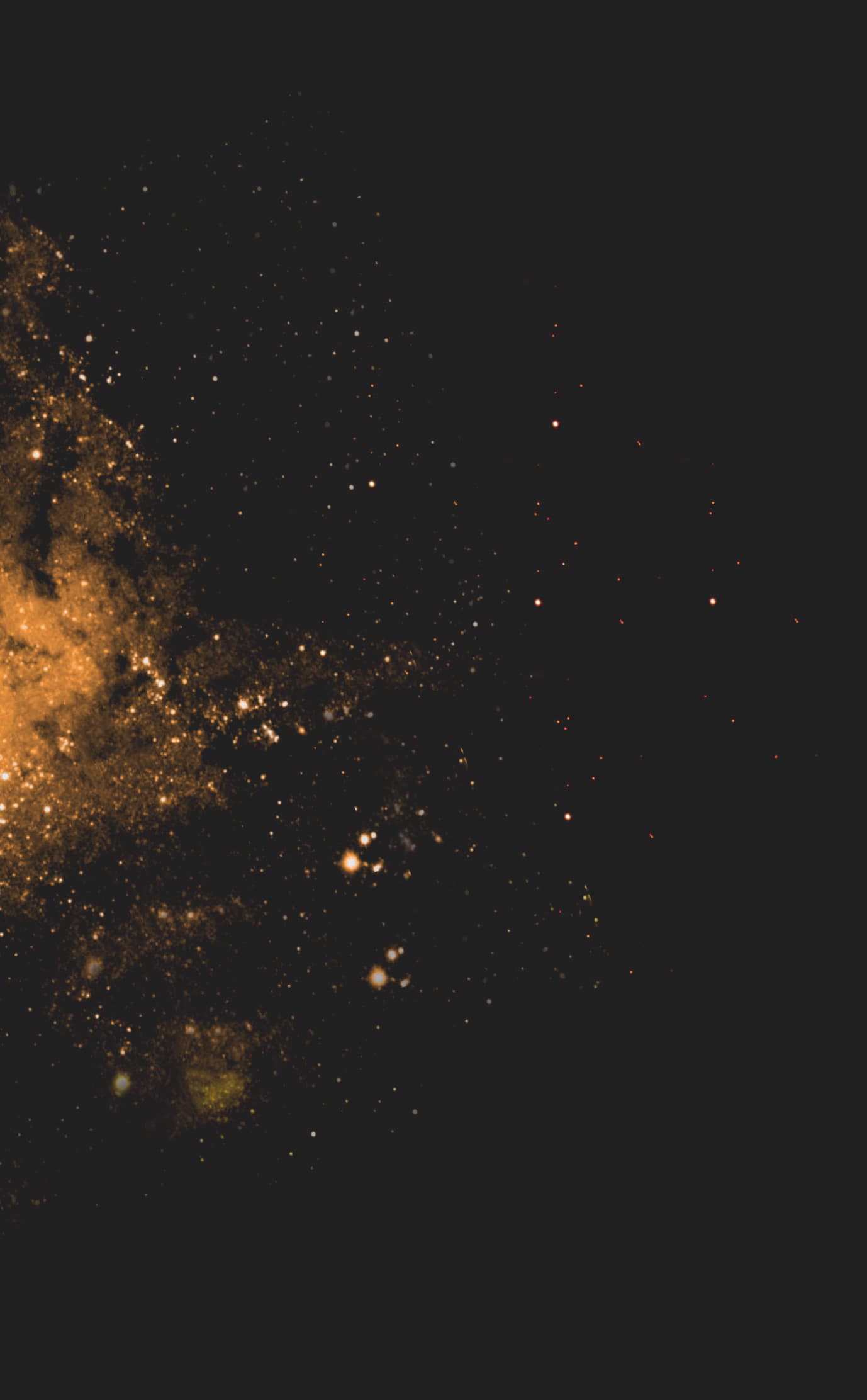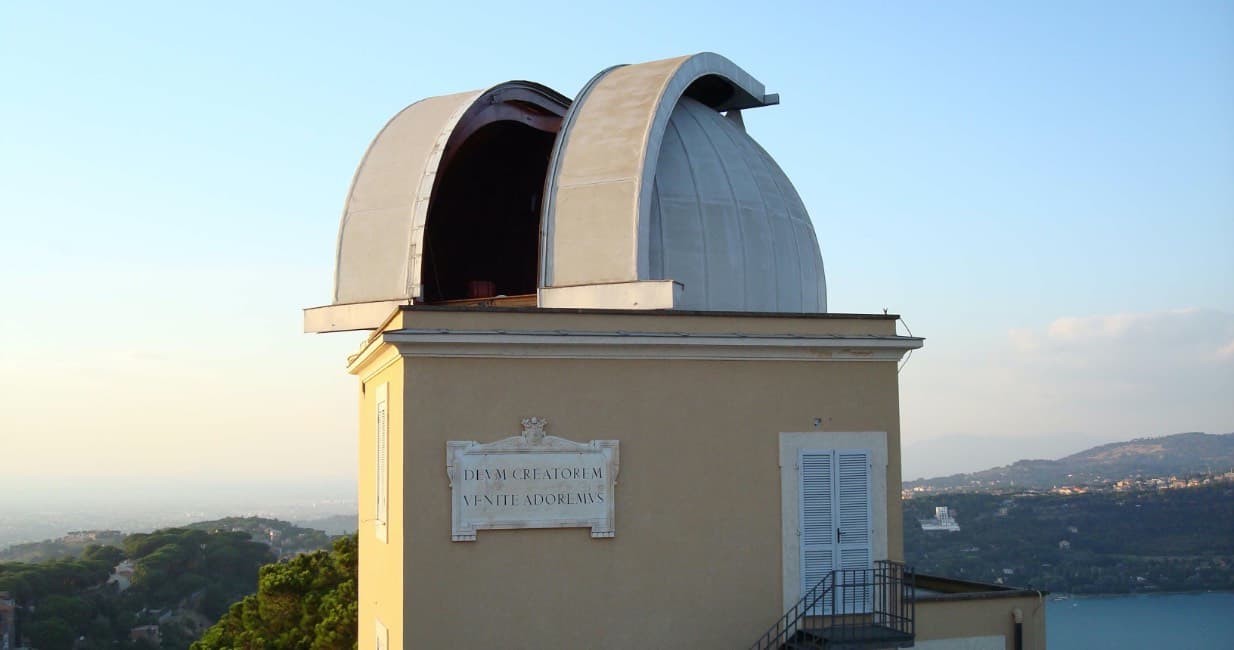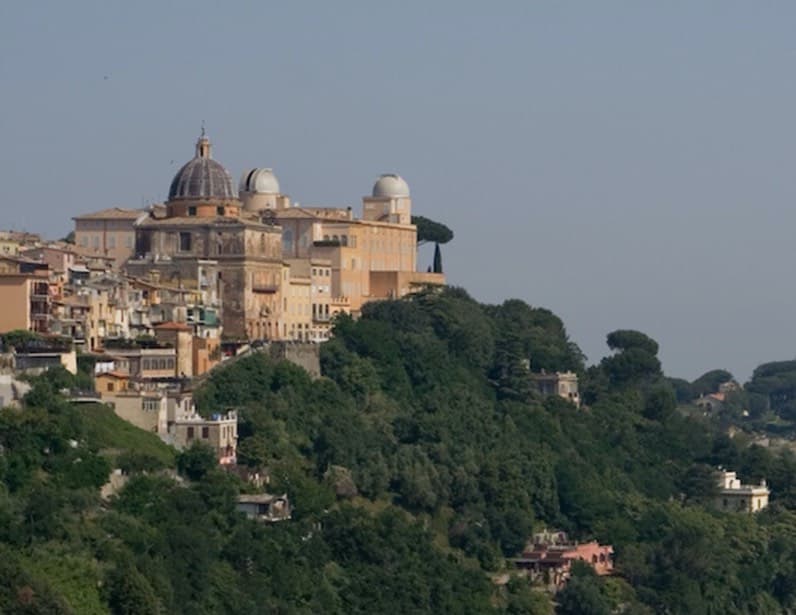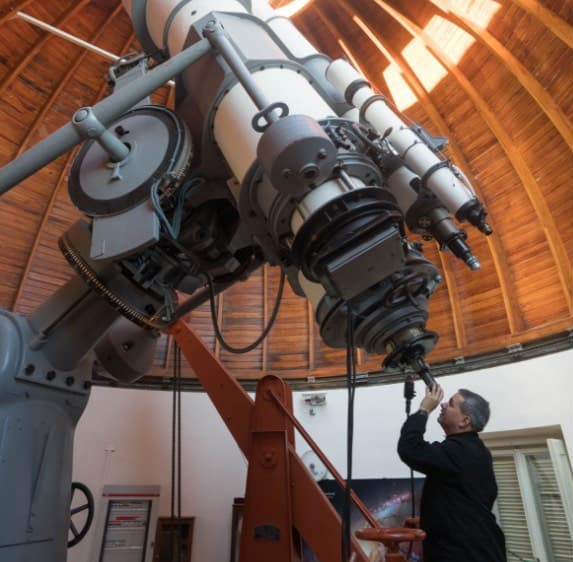
Castel Gandolfo

The Vatican Observatory is one of the oldest active astronomical observatories in the world, with its roots going back to 1582 and the reform of the Julian calendar.
Today there are more than a dozen Jesuit scientists from many different countries on the staff of the Observatory, who study the universe through solid, scientific methods.
They stand at the forefront of scientific research covering a broad range of topics, from an examination of the tiniest specs of interplanetary dust to the origins and structure of the universe.
The Jesuit astronomers of the Vatican Observatory have contributed to discoveries in many fields from the origins of our solar system to the structure of galaxies.

The Double Astrograph Dome at Castel Gandolfo

A view of Castel Gandolfo

The Zeiss Double Astrograph at Castel Gandolfo
Scientists throughout the world recognize their work in planetary sciences, cosmology and philosophy, and stellar and extragalactic astronomy.
The Observatory has its headquarters in the gardens of the Papal Summer Residence in Castel Gandolfo, an hour south of Rome and the Vatican City State, and a research center, the Vatican Observatory Research Group, in Tucson, Arizona, one of the most important centers in the world for observational astronomy.
Most of the observational research today takes place at the Observatory’s telescope on Mt. Graham in Arizona, about a hundred miles east of Tucson.
Besides serving as the home for four historic telescopes, the headquarters outside Rome also houses an important archive of astronomical photographic plates dating from the late 19th century; a library with a number of historically important scientific works; a collection of antique astronomical instruments; and one of the most important meteorite collections in the world, which are studied in a recently renovated state of the art meteorite laboratory.
 U.S.
U.S. Vatican City
Vatican City